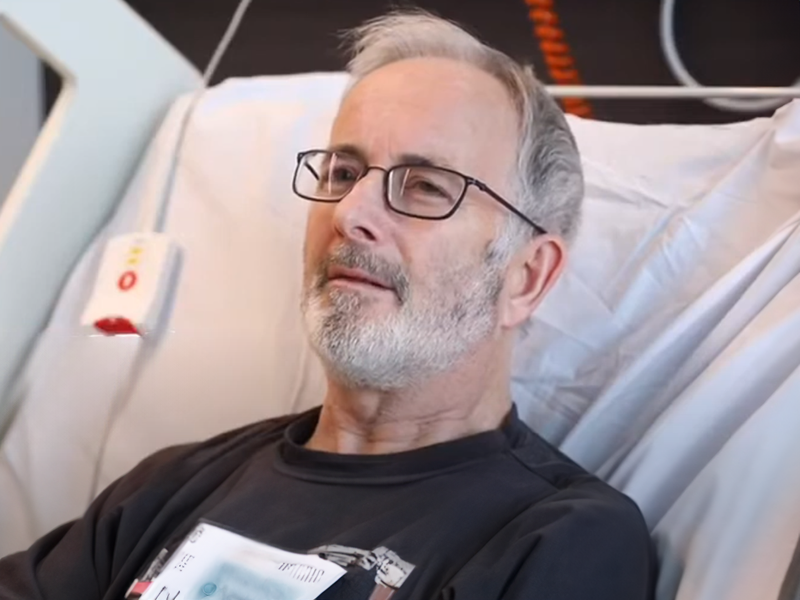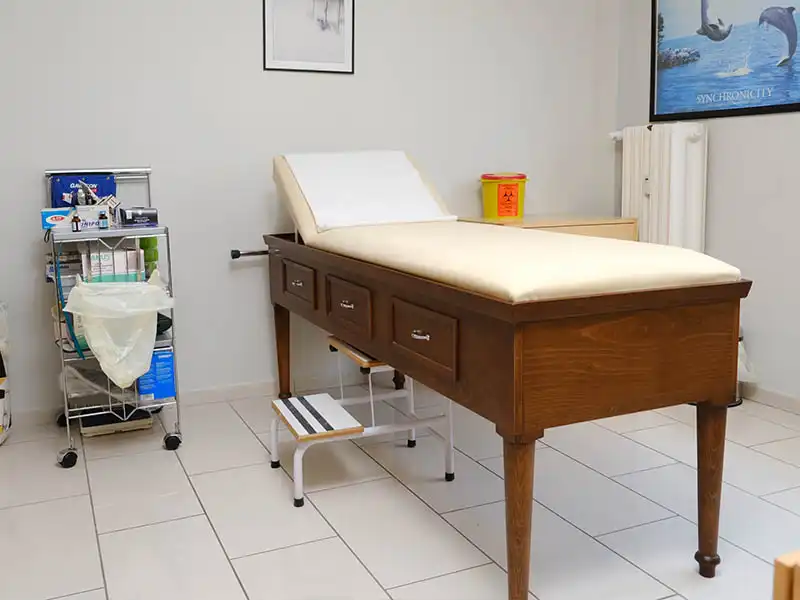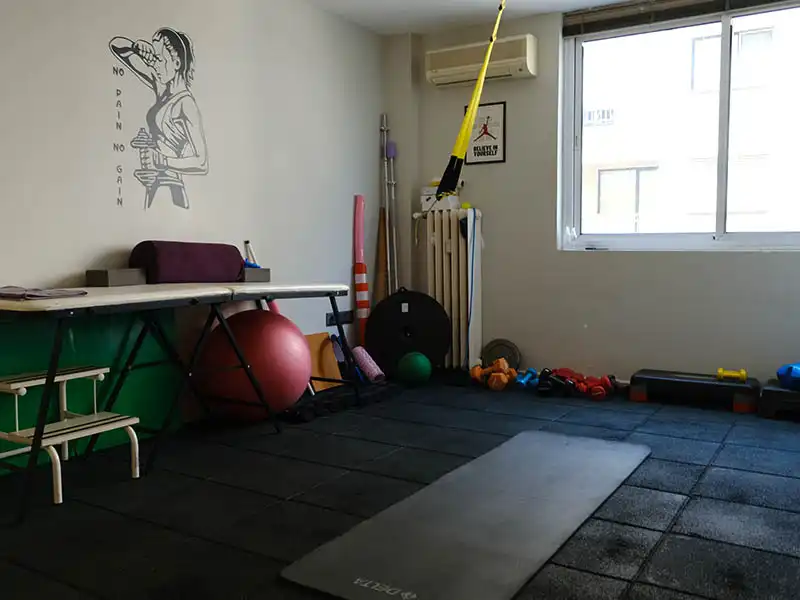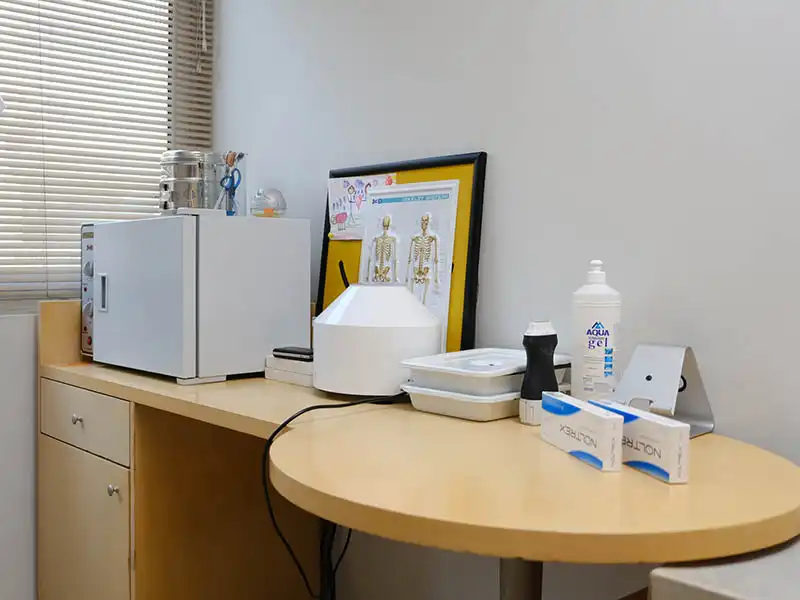WELCOME TO ONV ORTHOPEDICS
Get healthy in Turkey
With over 10 years of expert experience, our aim is to provide you with the best orthopedic and traumatology treatments. We are here to assist you in preserving your health, promoting healing, and regaining your freedom of movement. Please fill out the form for detailed information and appointments.
Hip replacement surgery is a procedure in which a part or all of the severely arthritic hip joint is replaced with an artificial joint. This procedure can vary depending on the patient's age and overall health condition, in terms of the prosthesis used and the material of the prosthesis. Ceramic prostheses are generally preferred for young patients, while prostheses made from a special plastic called polyethylene are used for older patients.
Hip replacement surgery can also be an option for patients with hip fractures. In this case, partial or total hip replacement can be applied depending on patient's age and severity of the fracture. The surgery process usually takes about two hours and most patients stay in the hospital for three to four days after surgery. This period is necessary, especially for wound care and physical therapy. Patients start walking within hours after surgery.
In the first month after surgery, it is recommended that patients use a toilet riser and avoid excessive strain on their hip joints. After their control at post operative 3rd week, most patients can return to their daily activities. A quality hip prosthesis, when applied with a good technique, allows patients to use their hip joints painlessly for at least 15-20 years. Our clinic uses hip implants that are worldly well known, have been on the market for a long time and are approved by world standards. In conclusion, the main goal of hip replacement surgery is to restore the patient's mobility and allow them to comfortably perform their daily activities. This can significantly improve patients' quality of life and offer them a more active and independent life.
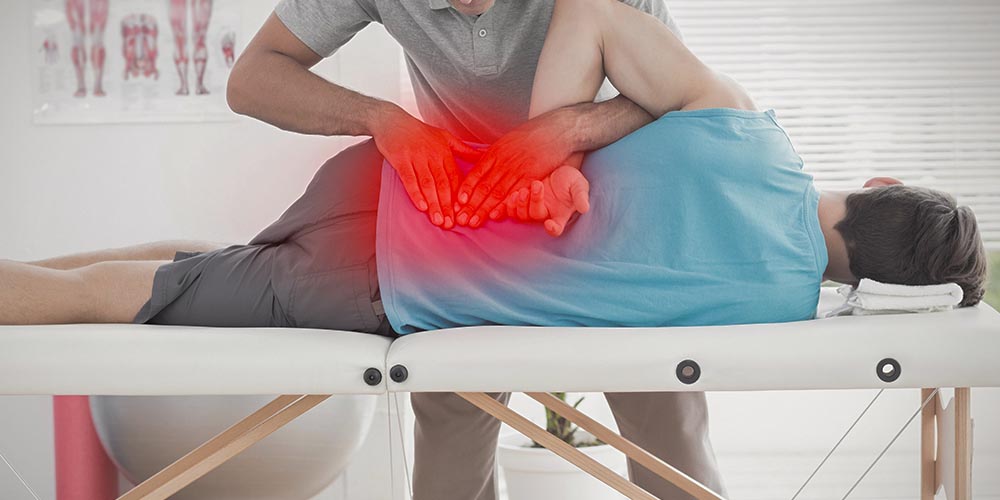
1. Frequently Asked Questions:
There are some points that the patient needs to apply and pay attention to both during the recovery process and after the recovery process after hip replacement surgery. These include eating healthy and balanced for strengthening bone and muscle tissue, and not neglecting exercise programs.
Although promoted in early adulthood under special conditions; It is mostly an operation done after middle age. There is no upper age limit for this operation. It can be applied to everyone who has completed their bone development, according to indications.
There may be non-surgical treatments such as medications, physiotherapy applications, PRP or stem cell-like intra-articular injections, use of a cane as indicated by the patient. However, surgeries should not be delayed in patients who do not benefit from these non-operative treatments. Because if the treatment is postponed, both the knees and other hip areas and even the already healthy lumbar and back areas are at serious risk of calcification and deterioration. Since all of these areas will be exposed to more stress, the possibility of having surgery in these articulaons in the future increases with the delay of the hip replacement surgery.
The most common symptom in hip prosthesis candidate patients is
severe
pain. Pain that initially only occurs when you walk, will start to
bother you even during your resting times in the later process.
Other
symptoms can be listed as follows:
- Restriction of movement,
- Shortness in leg,
- Limping.
When a qualified surgeon uses quality centers and quality materials, the hip replacement is expected to last a lifetime. Although dependent on many factors, it is expected that the implants will last at least 15 years if quality is not compromised. There are even patients this period is exceeding 30 years now. In patients who have been properly followed up in the long term; When the implant completes its lifetime, it is possible to replace only the insert parts instead of replacing the entire implant. In some cases where the implant has completed its life, the entire implant, including the main parts that settle into the bone, can be replaced. In both cases, the life of the new implant can be the same as the first prostheses.
Patients undergo hip prosthesis surgery and are encouraged to walk as early as the following day, as this helps alleviate movement restrictions, pain, and limping. To ensure a controlled and safe rehabilitation process, patients initially use a walker. Depending on the individual's progress and condition, they may transition to using crutches within 2-3 weeks.
Clinic Images
What Our Patients Say
Aliquam a augue suscipit, luctus neque purus ipsum neque dolor primis libero at tempus, blandit posuere ligula varius congue cursus porta feugiat

I had surgeries on both of my feet. The surgery was challenging, and after extensive research, I decided to have the operation with Dr. Burak Önvural. It was the right decision. Dr. Burak and his team are very attentive, kind, and warm-hearted. They provided me with great support in every aspect. My treatment process is still ongoing. I am so glad to have met Dr. Burak Önvural. You can trust him blindly.

I had hallux valgus, a bunion on my foot, for years. Especially on my right foot, it had progressed to a point where my big toe was overlapping the other toes. After conducting research, I found Dr. Burak Önvural.

We met Dr. Burak 15 days ago when we made the decision for anterior cruciate ligament surgery. He is an expert in his field and very warm-hearted, understanding the patient's psychology very well. He has a great team, and we can be sure that we will be satisfied with the care and attention even after the surgery.

Hello, as an athlete, I have experienced various injuries, and in every injury, my brother Burak ÖNVURAL has been the one to heal me quickly and in a healthy way. I am very grateful to him. He is both very caring towards his patients and also very competent in his profession. 🙏

When I hear the name 'Dr. Burak Önvural,' such a sense of trust fills me that I simply say 'okay' and lean back, following his advice. Both his profession and character are indisputably exceptional for us. For a patient, the most important aspect is trust in their doctor, and as a family, we have that trust in Dr. Burak forever. My dear doctor, who successfully performed most of my mother's surgeries, thank you for being in our lives.

Everything is perfect. Mr. Burak's attention is excellent, and there is a serious interest and care in the clinic. My wife had been experiencing arm pain for over 2 years, and we researched extensively. Thanks to Mr. Burak's treatment, it was very beneficial. I thank him very much, and may God protect such good-hearted people.

Dr. Burak Önvural is the best physician I have known, not only for his scientific knowledge and surgical skills but also for his compassionate care and dedication to his patients.

Truly an amazing doctor, he took his time to explain everything, very compassionate and understanding, he took his time and he performed minor surgery on my thumb, I am very fortunate to have met doctor Burak

I am pleased to highly recommend Dr.Burak without reservation. He is clearly an accomplished Orthopedic surgeon but also 100% committed to provide a full service with his team. Their attention to detail ensured that I had a successful hip replacement with the minimum of discomfort and a quick recovery. The ‘after care’ was second to none.
